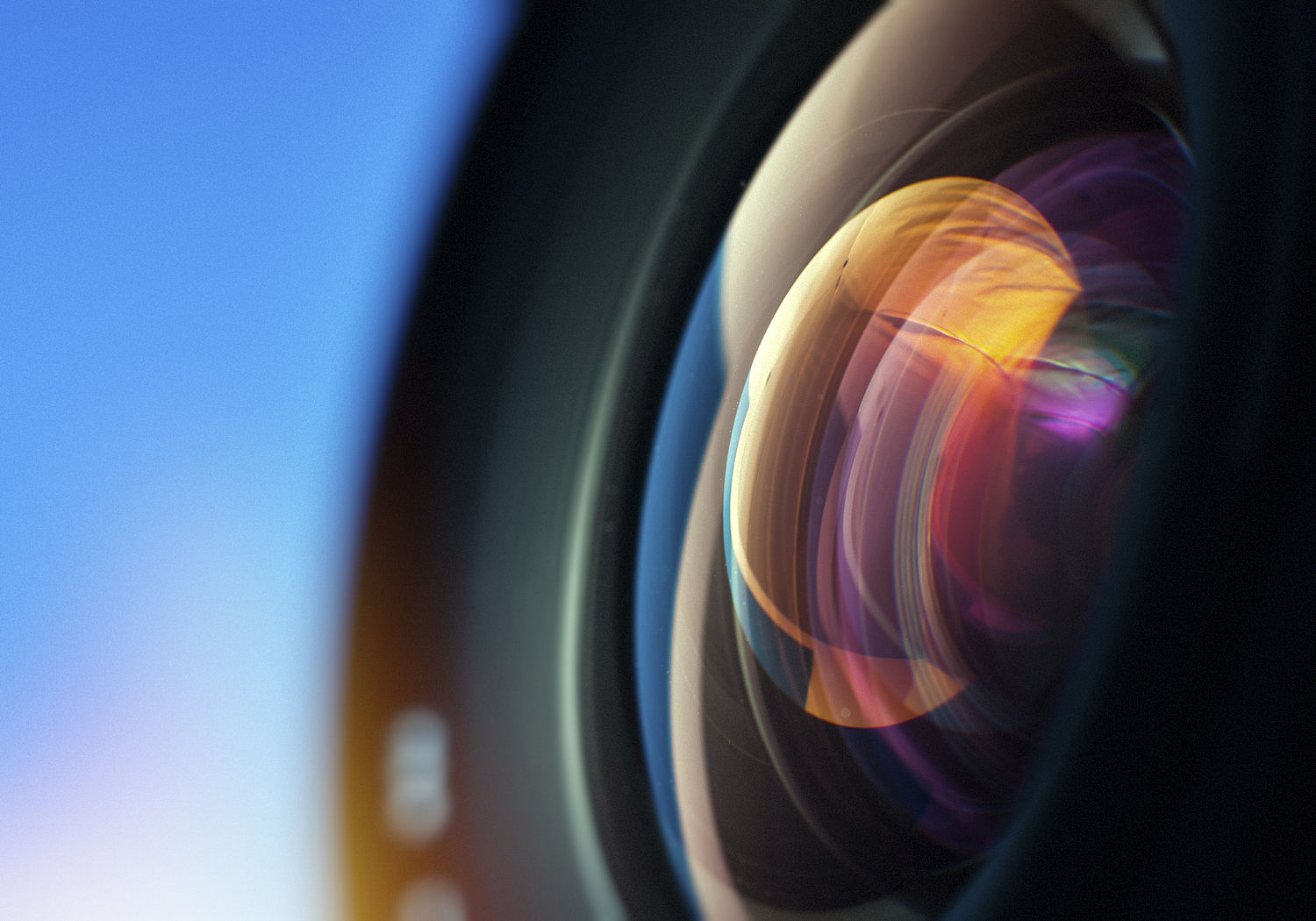Reference algorithms and metrology on aspherical and freeform lenses
Short Name: FreeFORM, Project Number: 15SIB01
Advancing measurement capabilities of complex free-from optical surfaces
Adopting complex and precisely specified optical components could bring benefits to the photonics sector in applications such as smartphone cameras, satellite imaging, medical devices, and sensors. For example, spherical lenses can reduce or eliminate various aberrations and have lower production costs/weight versus complex multi-lens systems, so support miniaturisation.
However, a 2009 European Commission analysis highlighted the absence of standardisation and suitable chains of reference metrology, causing a barrier to the sector’s competitive potential. There was, for example, insufficient dimensional metrology for aspherical (‘freeform’) optics. Freeform manufacturing combines lens design, software, and processing equipment and allows the production of complex surfaces with extreme precision.
Following EMRP project Form, dimensional metrology supported resolution levels to the sub-micrometre level (≤ 100 nm), but traceability to SI units targeted resolution of few tens of nanometres (≤ 50 nm) by 2020, and a few nanometres by 2025. Optics, optical metrology instrument and polishing machine manufacturers, prioritising miniaturisation, reduced form errors and improved surface quality, required services that National Metrology Institutes (NMIs) and Designated Institutes (DIs) were unable to supply.
To advance photonics research, this project developed reference algorithms, standards and metrology for aspherical and freeform optical elements.
An ultra-precise Hybrid Trust Region (HTR) algorithm with low calculation uncertainty was developed and validated, and to compare measurements of selected aspherical and freeform optical reference elements, advanced techniques for data analysis were developed and validated.
Six aspherical and freeform optical reference standards were designed and distributed to participating NMIs. Surface forms were designed to suit new traceability routes, ease of manufacture, and traceability for metrology instrumentation and optics manufacturers to below 30 nm for aspherical and freeform surfaces with small amplitudes.
Measurement uncertainty for form measurements was lowered to about 30 nm for aspheres and freeform surfaces with dimensions of 10 - 200 mm and small amplitudes. Improved measurement instruments and statistical methods for calibrating measurement devices led to reduced measurement uncertainties for optical aspheres and freeform surfaces with bigger amplitudes.
Among participating NMIs, LNE offered improved high-precision optical interferometer services for quantification of surface texture, and VTT improved similar equipment. PTB, meanwhile, developed improved services using Tilted Wave Interferometer (TWI) instruments.
Uptake will support the production of more accurate asphere and freeform surfaces in industry and research laboratories, improving photonics products, from low-cost consumer systems to high-end scientific instruments.
Journal of the European Optical Society-Rapid Publications
Journal of Instrumentation
Optical Engineering
Optics Express
Measurement
Acta Materialia
Journal of the European Optical Society-Rapid Publications
Optics Letters
Optics Express
Precision Engineering
